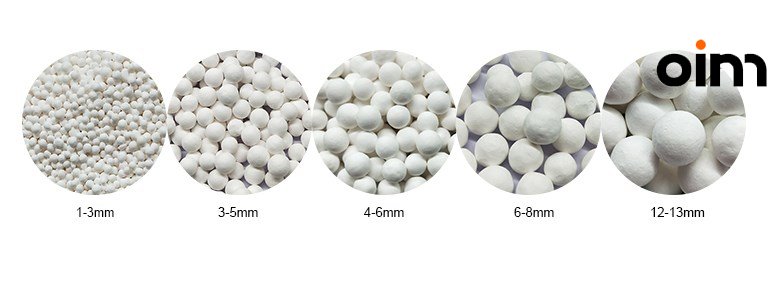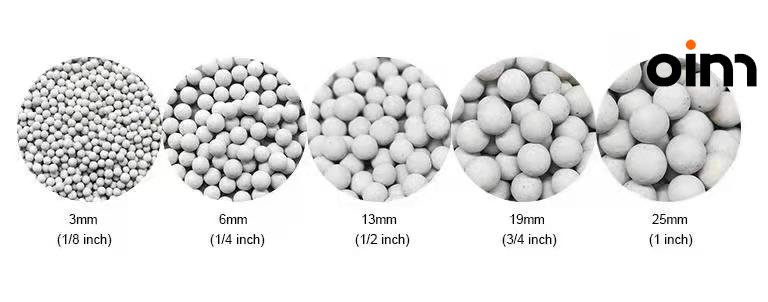Technical article
2022-10-07
There are many friends who are not very clear about the difference between activated alumina ceramic ball and inert alumina ceramic ball? In fact, these are two different products. Although they both contain aluminum oxide, one is an ordinary ceramic ball, with have Al2O3 purity from 17-19%, 23-26%, 30%, 40%...... 92%. And which is inert and does not react with other chemicals. However, activated alumina can not be called porcelain ball, it is an chemical which can adsorb some substance.
1. Activated alumina has a certain adsorption, which can be used to adsorb some polar substances. In short, activated alumina is active and will react with materials. Activated alumina ball has many capillary channels and large surface area, which can be used as adsorbent, desiccant and catalyst. At the same time, it is also determined according to the polarity of the adsorbate, which has strong affinity for water, oxides, acetic acid, alkali, etc. The activated alumina ball is a kind of deep desiccant with little water, and also an adsorbent for adsorbing polar molecules. Activated alumina ball is similar to anion exchange resin in fluoride removal, but it is more selective to fluoride ions. The activated alumina has good adsorption and defluorination effect and stable capacity. The activated alumina absorbs 6400 grams of fluoride per cubic meter. The product has high strength, low wear, no swelling, no pulverization and no cracking.
Activated alumina ball has many capillary channels and large surface area, which can be used as adsorbent, desiccant and catalyst. At the same time, it is also determined according to the polarity of the adsorbate, which has strong affinity for water, oxides, acetic acid, alkali, etc. The activated alumina ball is a kind of deep desiccant with little water, and also an adsorbent for adsorbing polar molecules.
Activated alumina ball can be used for deep drying of petroleum cracking gas, ethylene propylene gas, hydrogen production, air separation unit, instrument air dryer, fluoride treatment of dioxygenated water, and also can remove sulfur gas hydrogen, sulfur dioxide, hydrogen fluoride, hydrocarbons and other pollutants in waste gas, especially suitable for fluoride removal of fluorinated water.
Also we can customized activated alumina with different size and for different application. Such as we can produce activated alumina in H2O2 production, with flake shape and granular shape, and usual size is 7*14mesh or 8*16mesh.

